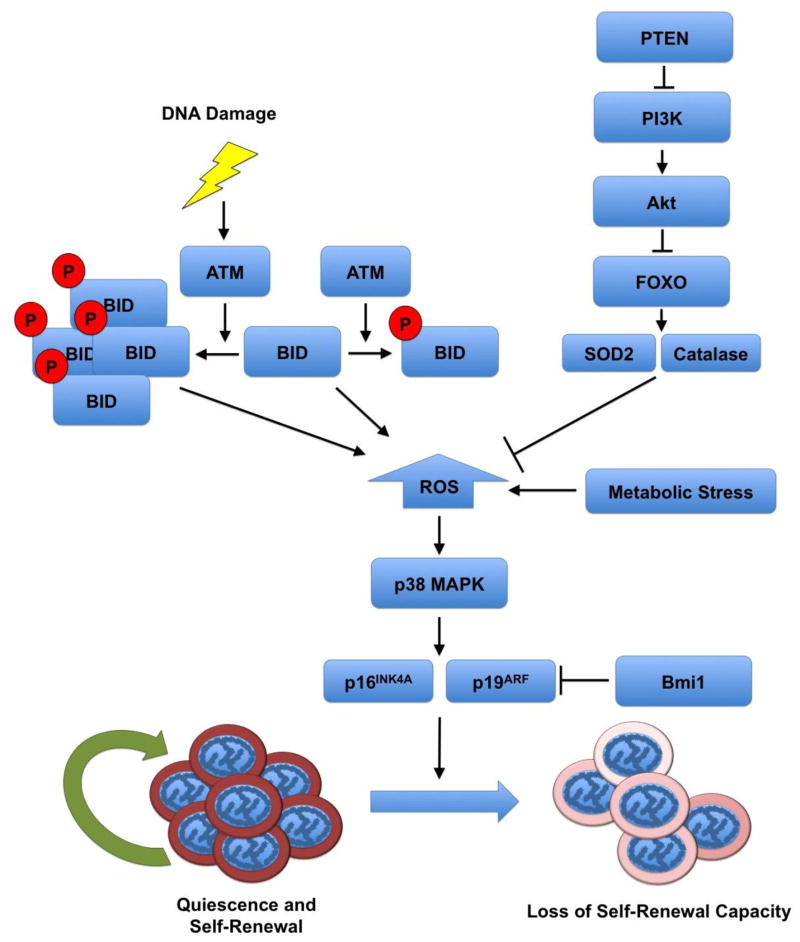Figure 1. Stress Response Pathways Converge by Regulating ROS Levels.
Reactive oxygen species (ROS) initiate a common pathway by which hematopoietic stem cells abandon self-renewal and exit quiescence in favor of differentiation. Stress may be in the form of DNA damage, which is sensed by the ATM-BID pathway. Low levels of DNA damage may result in BID phosphorylation and sequestration in the nucleus, whereas severe DNA damage, such as in the case of double strand breaks, results in the accumulation of phosphorylated and unphosphorylated BID in the mitochondria and ROS accumulation. Stress may also result from the removal of cytokines and growth signals, which is sensed by the PI3K-Akt pathway. Additionally, oxidative stress can result in the accumulation of ROS, which is damaging to DNA and other cellular components, and may lead to differentiation of HSCs.

